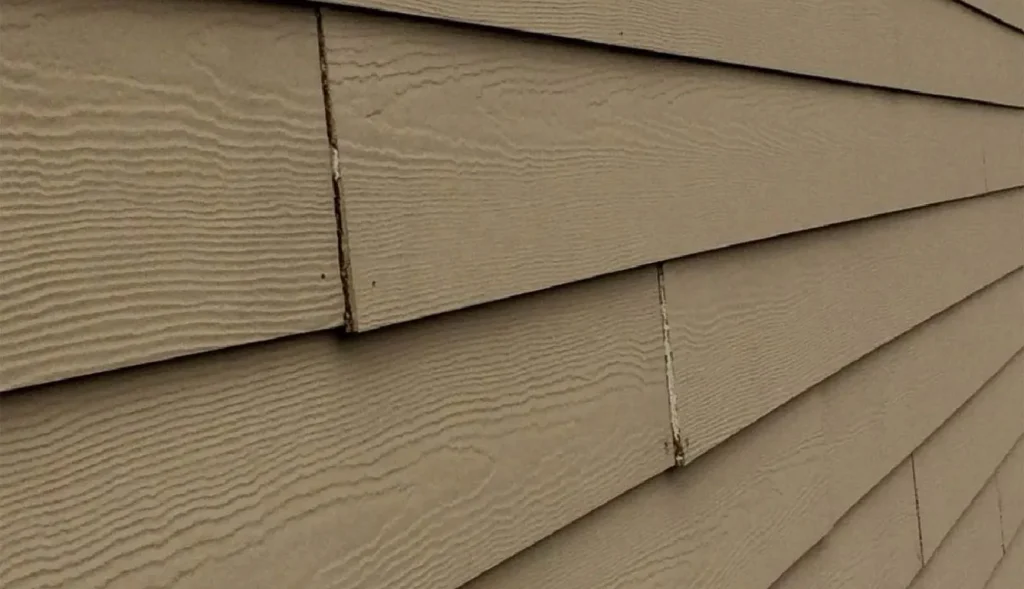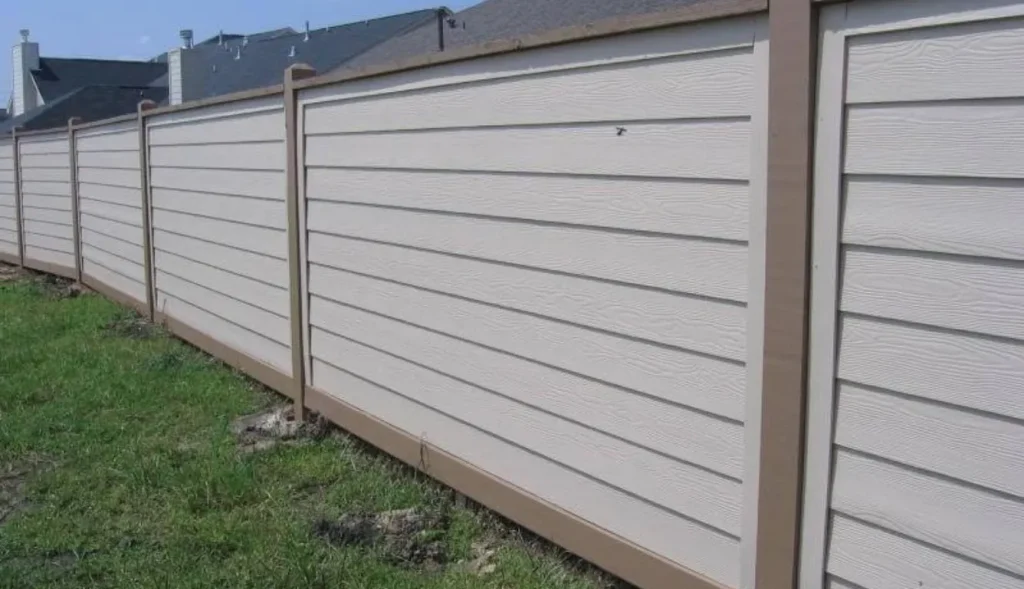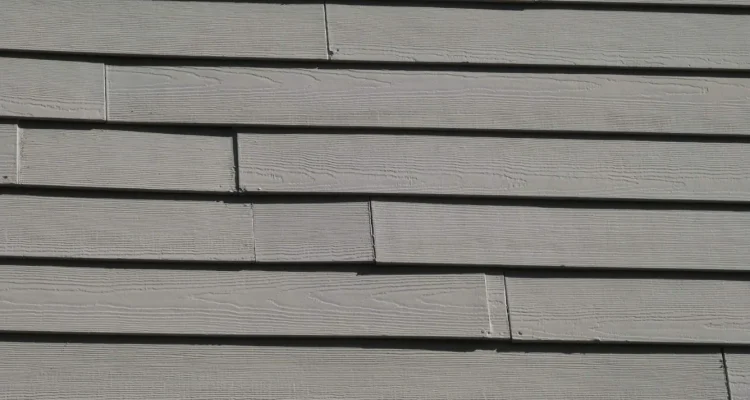Introduction
Have you ever wondered what goes into making the durable and popular Hardie Plank siding? Whether you’re a homeowner looking to upgrade your exterior or a construction enthusiast, understanding its composition can help you see why it stands out. Let’s dive into what makes Hardie Plank one of the most sought-after materials in home construction.

What is Hardie Plank?
Hardie Plank is a type of fiber cement siding that’s known for its durability, aesthetic appeal, and resistance to the elements. It’s often used for the exterior walls of homes to offer a low-maintenance alternative to traditional wood siding. Hardie Plank has become the go-to choice for those who want the look of wood but the benefits of a more resilient material.
Materials Used in Hardie Plank
Now that we know what Hardie Plank is, let’s look into its key components. Hardie Plank is primarily made from fiber cement, which combines several natural and synthetic materials to create a product that is both strong and flexible.
Fiber Cement Basics
Fiber cement is a composite material made from cement, sand, cellulose fibers, and water. Each of these components plays a vital role in creating the final product.
Role of Cement in Hardie Plank
The cement used in Hardie Plank provides strength and resilience. As the primary binding agent, cement ensures that the siding is robust enough to withstand harsh weather conditions.
Sand and Its Contribution
Sand is added to Hardie Plank to create texture and bulk, helping the siding maintain its shape and providing extra density, which increases its durability.
Cellulose Fibers: The Natural Element
Cellulose fibers, often derived from wood pulp, are used to add flexibility to the material. These fibers act like the ‘skeleton’ of Hardie Plank, making it less likely to crack under pressure or extreme temperatures.
Water as a Binding Agent
Water is necessary to activate the chemical reactions in cement and bind the materials together during the manufacturing process.
How is Hardie Plank Made?
Hardie Plank is manufactured using a detailed process that ensures consistency in quality and performance.
- First, the ingredients (cement, sand, cellulose fibers, and water) are mixed into a slurry.
- This mixture is then formed into sheets, which are compressed to remove excess water.
- The sheets are cured at high temperatures, which hardens and strengthens the fiber cement material.
Once cured, the boards are cut to size and treated with a finish that mimics wood grain, giving them a natural look while retaining their durable properties.
Durability and Strength of Hardie Plank
Hardie Plank is incredibly resilient, thanks to the combination of cement and cellulose fibers. It’s designed to withstand extreme weather conditions like heavy rain, snow, and wind. This makes it ideal for homes in various climates, offering peace of mind in the face of harsh weather.
Eco-Friendliness of Hardie Plank
When it comes to sustainability, Hardie Plank stands out. The materials used in its composition are sustainable and environmentally friendly. Fiber cement production also uses less energy compared to other siding materials, making it an energy-efficient choice.
Fire Resistance Properties
One of the standout features of Hardie Plank is its fire resistance. Fiber cement does not ignite or contribute to the spread of fire, unlike traditional wood siding. This is a crucial safety consideration, particularly for homes in fire-prone areas.
Moisture Resistance
Hardie Plank is highly resistant to moisture, which helps prevent rotting, warping, and other damage caused by water exposure. It’s particularly useful for homes located in humid or rainy regions.
Pest Resistance
Another advantage is its resistance to pests. Termites and other wood-boring insects can’t damage Hardie Plank the way they do with traditional wood siding, ensuring a long-lasting exterior.
Hardie Plank’s Visual Appeal
If you love the look of wood but want something more durable, Hardie Plank is a fantastic alternative. It’s available in a variety of colors and finishes, making it easy to match the design and style of your home.
Maintenance and Longevity
One of the reasons homeowners love Hardie Plank is its low maintenance requirements. Unlike wood, it doesn’t need regular painting, and it’s resistant to chipping and cracking. Its lifespan is also impressive, often lasting for 50 years or more when properly maintained.
Hardie Plank vs. Traditional Wood Siding
When comparing Hardie Plank to traditional wood siding, there are clear pros and cons. While wood offers a classic, natural look, it requires more upkeep and is prone to rot, pests, and fire damage. Hardie Plank, on the other hand, offers similar aesthetics but with enhanced durability and lower maintenance needs.
Installation Process
Installing Hardie Plank requires specialized tools, particularly for cutting the fiber cement boards. While some skilled DIYers may attempt installation, it’s often best to hire professionals due to the specific techniques and tools needed for proper installation.
Cost Considerations
While Hardie Plank may be more expensive upfront compared to some other siding options, its long-term value is hard to beat. Its durability and low maintenance costs make it a worthwhile investment for homeowners looking to enhance their home’s exterior.
FAQs
- Is Hardie Plank waterproof?
Hardie Plank is not completely waterproof, but it is highly resistant to moisture, which helps prevent water damage. - Can you paint Hardie Plank siding?
Yes, Hardie Plank can be painted, but many options come pre-painted with durable finishes that last for years. - How long does Hardie Plank last?
With proper maintenance, Hardie Plank can last up to 50 years or more. - Does Hardie Plank require a lot of maintenance?
No, it’s considered low maintenance and typically only requires periodic cleaning. - Is Hardie Plank environmentally friendly?
Yes, it’s made from sustainable materials and has a lower environmental impact compared to other siding options.

Conclusion
In summary, Hardie Plank is an excellent choice for homeowners who want a siding material that is durable, low-maintenance, and visually appealing. Its unique composition of fiber cement, cellulose fibers, and other materials makes it both strong and flexible, providing superior resistance to weather, fire, pests, and moisture.


Congratulation!